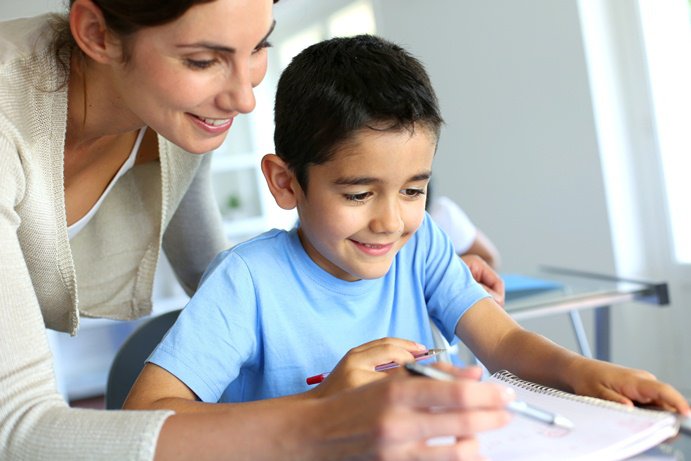 Athanassios Karadimas
Athanassios Karadimas
Modern societies are multicultural, as a result of population moving due to war, political turmoil or economical crisis. People are heading for countries that may ensure better living conditions, as well as opportunities for personal, social and financial growth.
Consequently, families with bilingual members are a reality. However,parents have reservations or even denial about children adapting to two languages, fearing that this will interfere with native language learning. This perception has been supported by some voices, pointing out that the acquisition of a second language (which may be native of one or both parents) may cause confusion and thus discourage the learning of the local. On this ground, avoidance of bilingualism was the given guideline.
It is though evidence based that children function beautifuly in multilingual environments, with no impact in learning procedure and performance, resulting to handle more than one languages, understanding and expressing them as well. This kind of observation has been highlighted by neuro-scientists, pointing out that from birth to early adolescence, human brain exhibits remarkable neural adaptation. In other words, the brain has the ability to transform and alter neuro-cell paths, adjusting to given incentives. Any “new” information results to the empowerment of certain joints, and stimuli repetition induces stability of the developed brain cell connections (“use it or loose it”).
The issue concerning the introduction of a second language applies to all families. Demands of contemporary work conditions, needs for accessing mass information, possibilities of studying abroad are facts that parents consider from a very early period in life. Private and public institutions engaging actively to pre-school age (nursery schools) have introduced, intensively in some cases, programs of foreign languages (mostly English) through interactive playing, motivation and audiovisual means aiming to enhance brain ability and promote the natural linguistic brightness of this developmental stage. Before any final choice, it is recommended to individualize and take under consideration the perceptibility and readiness of each child separately. Not all children have the same perceptibility, and therefore, each one needs different handling and preparing for new elements. Additionally, many children encounter difficulties in their adjustment in the pre-school environment, but also in the procedure of their first contact with a language. At this point, patience is required, together with encouragement, in order for the young one to start participating and interacting, without any form of pressure.
It is now clear that by exposing children as early to a foreign language does not create malfunction or denial, as long as there is evidence based method and experience. Learning a second language through games, fairy tales and audio-visual means (CD’S, DVD’S) is especially effective. But most of all, it is the encouragement and rewarding, the fun way of getting in touch with the linguistic challenge that provide strong motivation to engage to a foreign language and continue to do so in the feature, through a most systematic way.
REFERENCES
- Αμερικάνικη Παιδιατρική Ακαδημία.Η φροντίδα του παιδιού στη σχολική ηλικία . In Πώς να εκτιμήσετε την ετοιμότητα του παιδιού σας (σελ 435-437).Εκδόσεις ΠΟΤΑΜΟΣ ,2001
- Fishman,JA (1965): «Who speals , what language to whom and when?»
La Linguistique,2 ( 67-88)
- Kolb, B., Mohamed, A., & Gibb, R., Η αναζήτηση για τους παράγοντες στους οποίους οφείλεται η πλαστικότητα του εγκεφάλου στον φυσιολογικό εγκέφαλο και στον αλλοιωμένο, Εφημερίδα των Διαταραχών Επικοινωνίας (2010), doi: 10.1016 / j . jcomdis.2011.04.007


